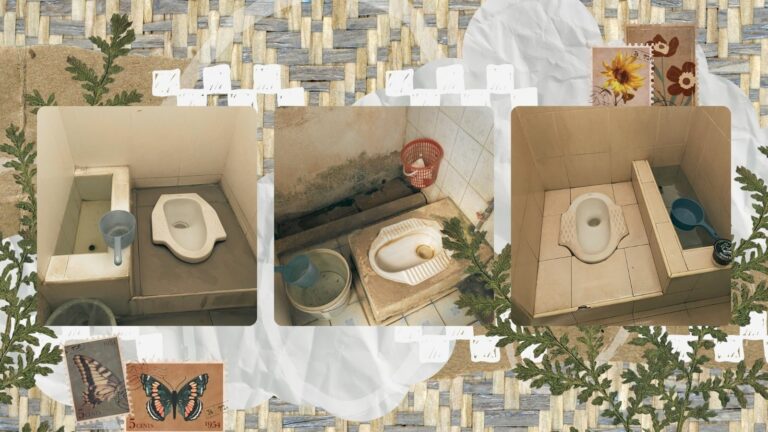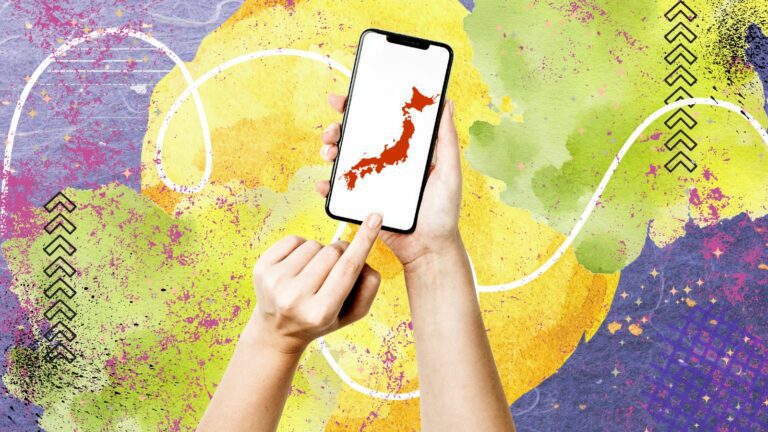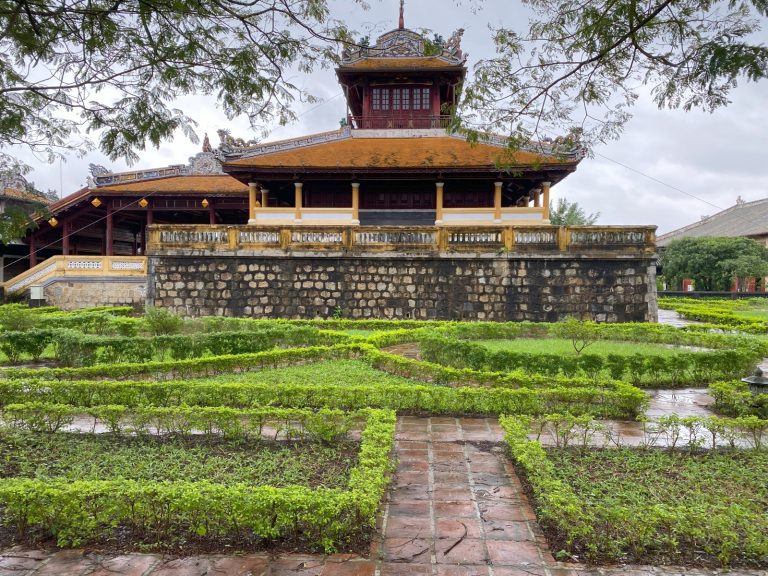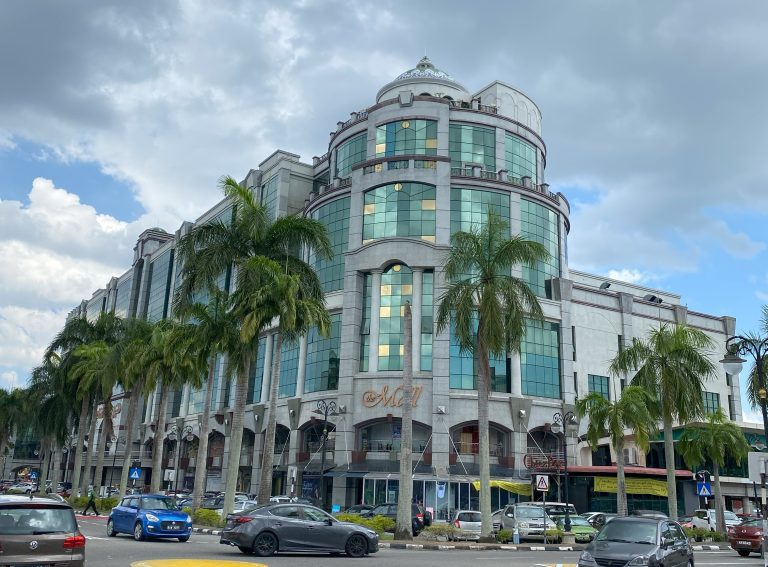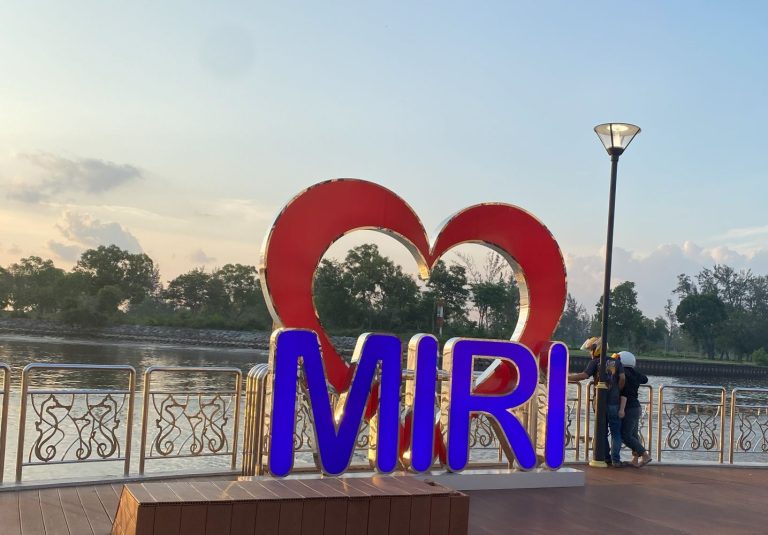Seoul Travel Guide 2024
I visited Seoul in May 2023 and stayed for about two weeks. I really enjoyed it! My favorite part was the food, but I also enjoyed seeing all the little cafes and fashionable locals.
Seoul is very popular nowadays because of K-pop, but it’s also fun to visit just if you enjoy cities in general.
Here’s some of my recommended restaurants, hostels, and activities to do in Seoul.
Just Gone Wandering is supported by readers! This post contains affiliate links. If you click on a link and buy something, I get a small percentage at no extra cost to you. Your support helps keep this blog running— thank you! Read full disclosure here.
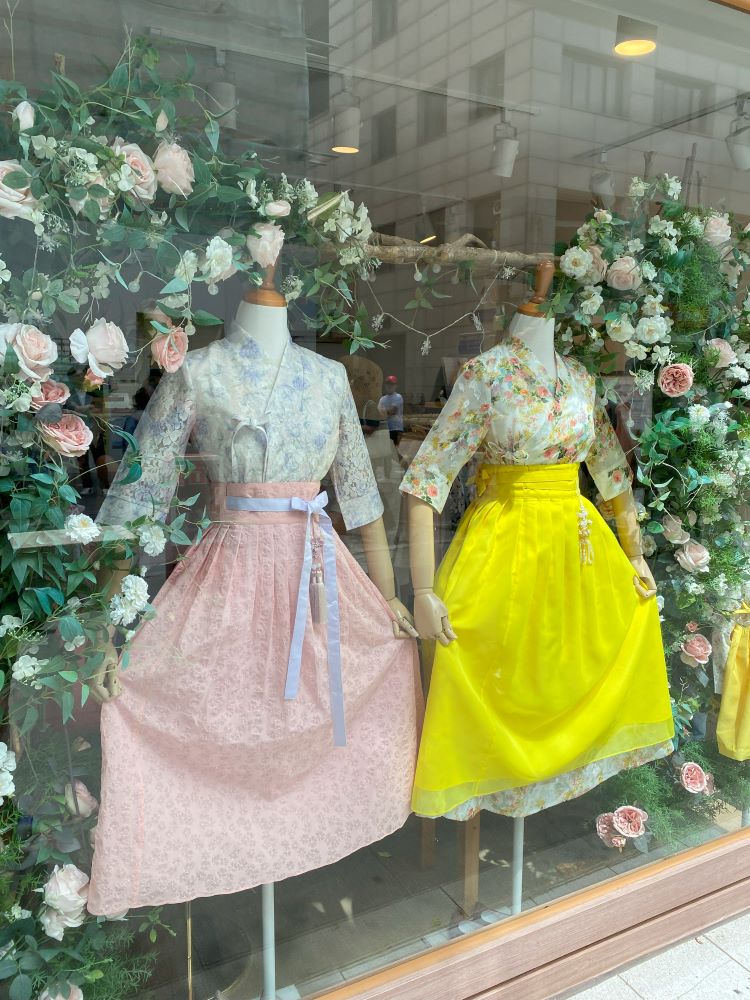


Resources
VisitSeoul.net – Comprehensive tourist website, with info divided by neighborhood and topic.
VisitKorea.or.kr – Similar to the above website, but I found the “Promotions” page helpful to find local discounts and events.
1330 Korea Travel Helpline app – Free, works on iOS and Android. Quickly connects you to a live person who can help with questions, complaints, etc.
If you get lost or confused, there’s a good amount of Tourist Information booths around Seoul (and they’re legit, not disguised travel agencies). Some neighborhoods also have tourist helpers dressed in red uniforms– they speak several languages, not just English.
Guidebooks
While there’s tons of good travel info available online for free (like this post!) I still recommend picking up a guidebook and looking it over. You’ll often find good overviews of the history and culture of a place, and in big cities like Seoul you’ll get info about neighborhoods and such. Lonely Planet’s recently updated two of their South Korea guidebooks, so it’s up-to-date after 2020’s shutdown.


Seoul travel guide FAQ’s
aka things people have asked me a lot
How much should you budget for a visit to Seoul?
On a backpacker’s budget of staying in hostels, eating out only once a day (cooking or getting convenience store food the other meals), using public transportation, NOT going out to party/bars, and NOT doing every Instagramable tourist thing possible…
About $40 USD/day would be mostly comfortable and $50-60 USD/day would mean nicer meals and some day tours (or some beers). If you want to do Kpop concerts and such, add in maybe another $20-40/day for a total of $100 USD/day.
Keep in mind prices may fluctuate depending on the time of year you visit; in May one of my hostels was only $16/night or so, but now in the middle of winter it went down to $12/night on Agoda.
Do they speak English in Seoul?
In heavily tourist-y areas, mostly yes.
Tourist information booths and tourist helpers (in the red outfits) will be the best at it, and you’ll be okay ordering in most restaurants (especially if they have an English menu option) and shops. But for specific questions or deep conversations with locals, download a translation app like Google Translate or Papago (best).
Can you drink the tap water in Seoul?
Yes, it’s fine! However, some pipes might be really old which could cause a problem. The water itself is potable, but going through old pipes…eh. Most people have a filter on their faucet, or otherwise there’s water dispensers in hotels/hostels you can use if you don’t want to buy bottled water from a convenience store.
Where do you buy pads and tampons in Seoul?
Some good stores to check at: Olive Young (especially for tampons), LOTTE Mart, 7-Eleven, Emart. Pads and tampons are very easy to find, though of course there may not be the specific brands or types you’re used to. That said, they aren’t super expensive which is always good!



Transportation
Seoul has a very good public transportation system, with extensive metro and bus lines running throughout the city. You can even get a train directly from the airport into the center of Seoul!
It DOES take a bit of time getting from the airport into the city, so if you’re short on time or have a lot of luggage, book an airport transfer service and save yourself the hassle.
The hardest part is getting a payment card, as they removed most of the T-Money machines from subway stations last year. I ended up getting a special customized card from a NAMANE machine, which had the added benefit of being reloadable via mobile app (with a foreign card, even).
Otherwise, you can get a transit card from most convenience stores. Or you can always use cash to pay for a metro ticket!
Kakao Taxi is available in Seoul, though it may not work with a foreign credit card. Alternatively, you can select “cash” as a payment type.
Be sure to download Naver or Kakao Maps to get accurate bus/metro/navigational information, as Google Maps doesn’t really work in South Korea.
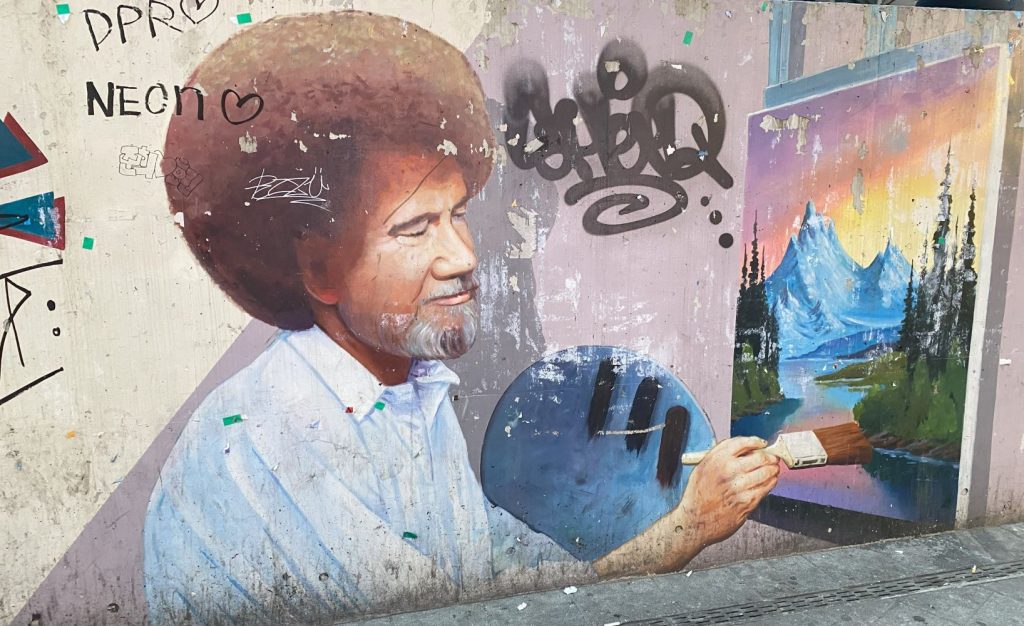
Where to Stay (Accommodation)
There’s tons of good neighborhoods to stay in, but generally people tend to recommend Hongdae. It’s fairly central, with lots of restaurants, clubs, bars, shopping, and so on PLUS it’s well-connected on the metro line(s) from the airport and intercity bus stations.
I always check Hostelworld first for a place to book. If you book your stay through them, you get access to a city chat for the hostel’s location, so in this case Seoul. For solo travelers, the city chat is a great way to meet up with other travelers or get info about where to go!
I stayed on the edge of Hongdae in Able Guesthouse Hongdae. While I overall enjoyed my time there, that’s mostly because I met so many nice people. It’s a little run-down and grungy, and the staff are almost totally hands-off. However, it’s in a good location and came with free breakfast/towels/linen.
Later on I stayed in Zibro S, on the other end of Hongdae from Able Guesthouse– almost in a residential neighborhood. It’s much quieter there and there’s some nice tree-lined walking opportunities nearby. The actual hostel was fine (I though the bathrooms were a little grungy) though it was mostly populated by local students, so not a lot of traveler meet-up opportunities. Free breakfast and towels, plus laundry!

Where to stay: South Korea hostels & hotels
Stuff to Eat (Restaurants)

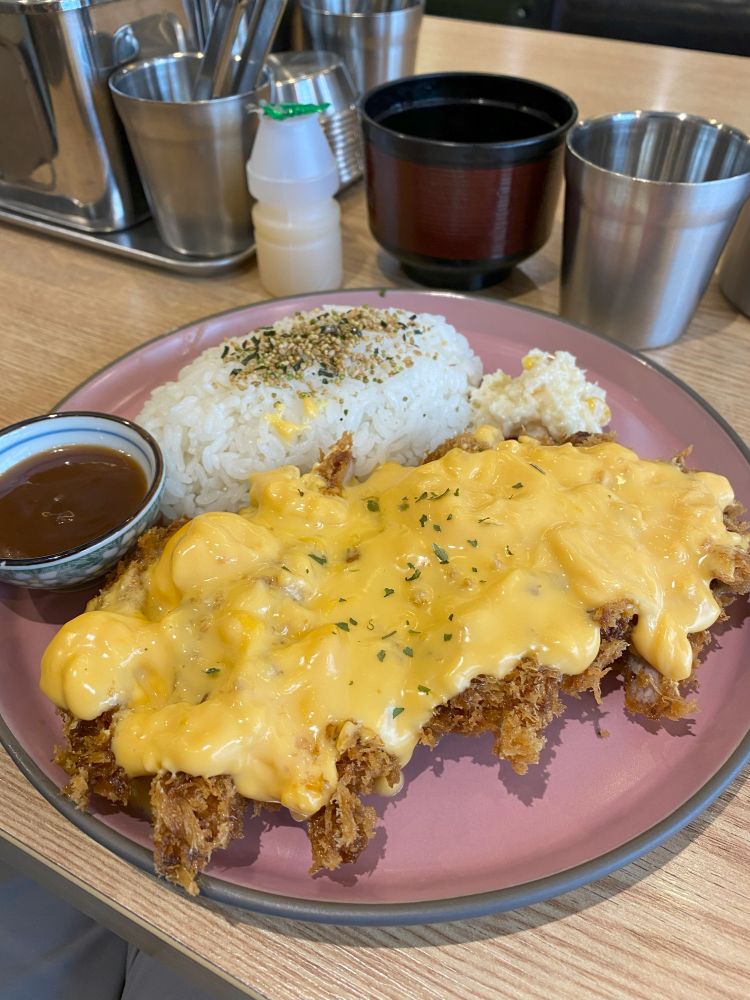

Google Maps doesn’t work great in South Korea, so in addition to the address I’m copying the plus code which should be a little more accurate.
한판치킨 – 79 Eoulmadang-ro – A fast-paced cheap eatery with decent Korean classics like gimbap, tteokbokki, bibimbap, and so on. Menus in Korean and English. Order and pay at the machine in the front, then grab a table and wait for your order number to be called. Free water and side dishes, as is standard.
홍순두부 – 50 Myeongnyun-gil, Jongno-gu / Plus code: HXQV+PR Seoul, South Korea – Somewhat out of the way in a university student neighborhood, but if you’re staying near Jongno it might be worth stopping by. Absolutely delicious soft tofu soup! Order and pay at the machine in the front and then the staff will bring your meal out to you. Always crowded with locals.
장인닭갈비 홍대점 – 서교동 Hongik-ro, 19 2층, Mapo-gu / Plus code: HW3F+X4 Seoul, South Korea – This is one of those places where you have to have at least 2 people, so grab some friends from the hostel. AMAZING cheese dakgalbi (marinated chicken with melty, gooey cheese)– order extra cheese if you’re a fan like me. After the main meal is done, you can order some rice to plop in with the leftover cheese and sauce and get another meal practically for free!
Burg Burg – 48 Myeongnyun-gil, Myeongnyun 3(sam)ga-dong, Jongno-gu / Plus code: HXQV+MW Seoul, South Korea – An amazing local “American style” hamburger place. Super tiny but well worth visiting if you’re in the Jongno area. Can do takeaway or go up the (very steep) stairs to a small eating area on the 2nd floor.
Food courts in large shopping complexes usually have decent– and decently-priced– local food which’ll tide you over until you can get to dinner.
Jin Ok-Hwa Original Chicken Restaurant – 18 Jong-ro 40ga-gil, Jongno-gu / Plus code: H2C4+48 Seoul, South Korea – This place is famous for its boiled chicken soup that you make at the table. You can add whatever extras you like (onions, noodles, pepper, etc.) and make personal sauces as well. You need at least two people to go in; they’re busy all the time, but the line to go in is fairly fast. If it’s too busy, there are similar restaurants nearby (this one is just the most well-known for tourists).
Noonaholdak Hongdae – Oven Baked Chicken and Beer – 129 Eoulmadang-ro, Mapo-gu / Plus code: HW4F+9M Seoul, South Korea – Good for a quick dinner of chicken and french fries. I’m getting hungry just thinking about this place tbh.
Short on time and want to eat a lot? Book a food tour with a local!
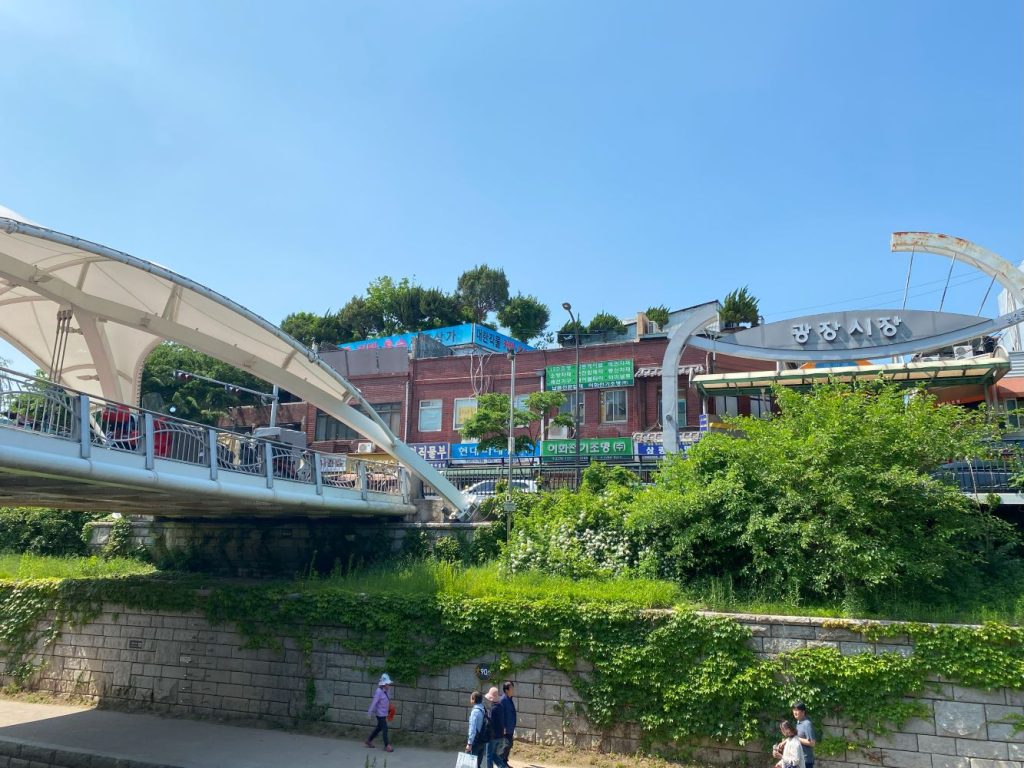
Stuff to See (Attractions)
Google Maps doesn’t work great in South Korea, so in addition to the address I’m copying the plus code which should be a little more accurate.
DMZ Tour – the only one I didn’t do myself but definitely have on my to-do list for the next time I visit Korea! Go up to the border near North Korea and look over into it via observation deck, basically.
Gwangjang Market – 88 Changgyeonggung-ro, Jongno-gu / Plus code: HXCX+2R Seoul, South Korea – Free; a bustling indoor market with tons of food and shopping opportunities. I found it a little dark and crowded, but the food was very good. Nearby is 청계천 (동대문), a park built along the river.
Gyeongui Line Forest Park – 133 Donggyo-ro 51-gil / Plus code: HW5G+H5 Seoul, South Korea – Free, a former train line converted in a lovely park with plenty of benches to sit and stare at passerby. There’s also a “book street” at one end (50-4 Wausan-ro 35-gil, Seogyo-dong) which is worth visiting just to see the cute displays.
Hongdae Street – 364-27 서교동 Mapo-gu / Plus code: HW4F+8M Seoul, South Korea – Come twice, once during the day so you can go shopping and eat food without the crowds, and then again at night when the neighborhood starts to get busy. Live music, dance troupes, fashionable young people and gawking tourists all show up once the sun goes down.
Book a private tour with a local to show you all the ins and outs of Hongdae!
Ikseondong Hanok Village – Plus code: HXFR+F3 Seoul, South Korea – Free; it’s a historical neighborhood with tiny alleyways full of adorable shops and restaurants. Get there early if you want to explore without many people around, though most everything will be closed until later in the day. Insadong Street with modern-but-super-cute cafes is nearby as well.
The National Folk Museum of Korea – 37 Samcheong-ro, Jongno-gu / Plus code: HXJH+MH Seoul, South Korea – Free, as all national museums are in South Korea (score!). I particularly liked this one because of its focus on folk practices through Korean history. It’s next to Gyeongbokgung Palace, which is worth visiting if you never seen a Korean palace before– but I found it super crowded with tourists and VERY hot (the sun reflects off the bare dirt and it’s just horrible). When you’re done, walk down to Gwanghwamun Square and see if they have any interesting festivals happening.
N Seoul Tower – 105 Namsangongwon-gil, Yongsan-gu / Plus code: HX2Q+F7 Seoul, South Korea – Free, if you don’t pay to go up to the VERY top. Nice hike up/down the hill through woods, plus great views of the city from the top. On the way down you can stop by the Seoul City Wall (Plus code: GXXV+FC Seoul, South Korea) which is free as well.
Starfield Library – 513 Yeongdong-daero, Gangnam-gu / Plus code: G365+2X Seoul, South Korea – Free; it’s an actual library! Lots of people doing Instagram photoshoots, but just as many students trying to study and such.
Unhyeongung – 464 Samil-daero, Jongno-gu / Plus code: HXGP+CR Seoul, South Korea – Free; a small historical complex where royal and political leaders used to live. Not as crowded as some of the other UNESCO palaces, and has some interesting bits to explore.
Save to Pinterest
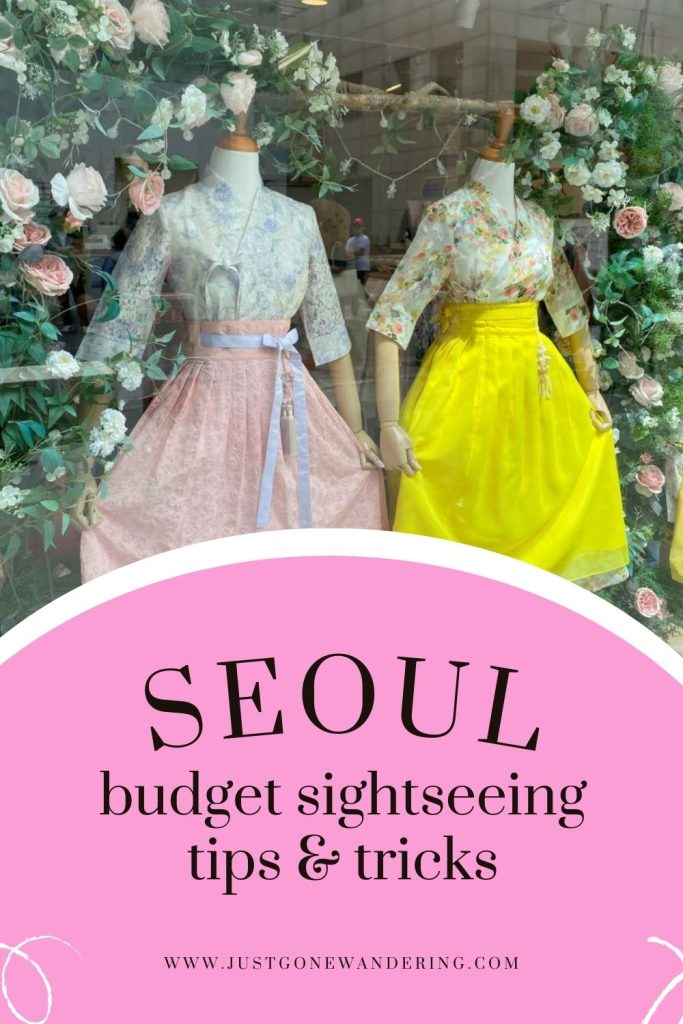

Explore More
If you’re traveling in Asia, you might be interested in these other posts:
- Jeju Island, South Korea travel tips & recommendations
- A day for musical theatre in Busan, South Korea (travel diary)
- What to pack for Southeast Asia | Unpack with me
Best Travel Resources
- 👩💻Stay organized with the Deluxe Travel Planner Spreadsheet
- 🛌Search Hostelworld for budget stays
- ✈️Search SkyScanner for discounted flights around the world
- 😺Join TrustedHousesitters and do petsitting in exchange for accommodation
- 💳Carry Chase Sapphire Preferred for a travel-friendly credit card
- 📱Use Airalo for eSIMs around the world
- 🚙Check DiscoverCars for international car rentals
- 👩💻Snag ExpressVPN to stay safe while browsing the web
- 🧑⚕️Sign up with VisitorsCoverage for trip insurance



